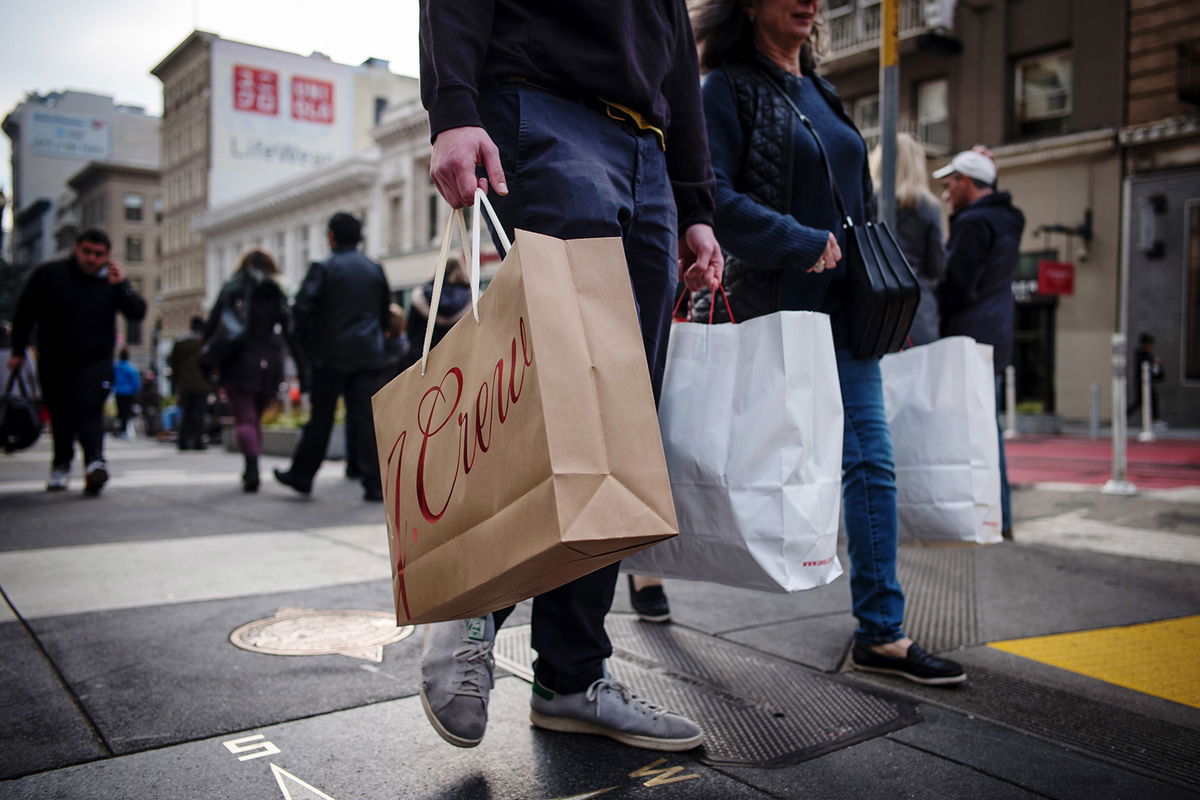Don’t want that item? Returning it could cost you

Return rates for online purchases are typically higher than when customers buy in stores.
By Nathaniel Meyersohn, CNN
Planning on returning that ugly Christmas sweater? It could cost you to return it online.
Shoppers have become accustomed to free shipping and free returns in recent years, but Zara, H&M, J.Crew, Anthropologie, Abercrombie & Fitch and other chains are now slapping on fees of up to $7 to return items online.
Return rates for online purchases are typically higher than when customers buy in stores, since online customers frequently order several different sizes of clothing to see what fits best and return the unwanted items.
Customers sent back around 17% of the total merchandise they purchased in 2022, totaling $816 billion, according to data from the National Retail Federation.
That’s a strain on retailers: For every $1 billion in sales, the average retailer incurs $165 million in merchandise returns, according to the NRF.
“For every dollar in returned merchandise, it costs a retailer between 15 cents to 30 cents to handle it,” Burt Flickinger, retail expert and managing director of retail consultancy Strategic Resource Group, told CNN earlier this year.
Companies have to cover costly shipping fees in order for customers to send their products back. Those items sometimes wind up back in retailers’ warehouses or on shelves. Stores then have to mark down returned goods to sell them, further squeezing their profit.
More often, returned products can end up in liquidation warehouses or even landfills, which are an environmental threat.
As fears rise of a pending US recession and a pullback on consumer spending, retailers are looking for ways to protect their bottom line. Retail sales fell sharply at the start of the holiday shopping season as consumers felt the pinch from decades-high inflation, saddling retailers with too much inventory.
Charging customers for online returns is just one of the ways retailers are trying to crack down on the cost of returns and prevent clothes from piling up in warehouses.
Some stores are tightening their return windows. Others are mulling a “returnless refund” policy, where they hand customers their money back and let them keep or donate items they don’t want.
The-CNN-Wire
™ & © 2022 Cable News Network, Inc., a Warner Bros. Discovery Company. All rights reserved.
CNN Business’ Parija Kavilanz and John General contributed to this article.
